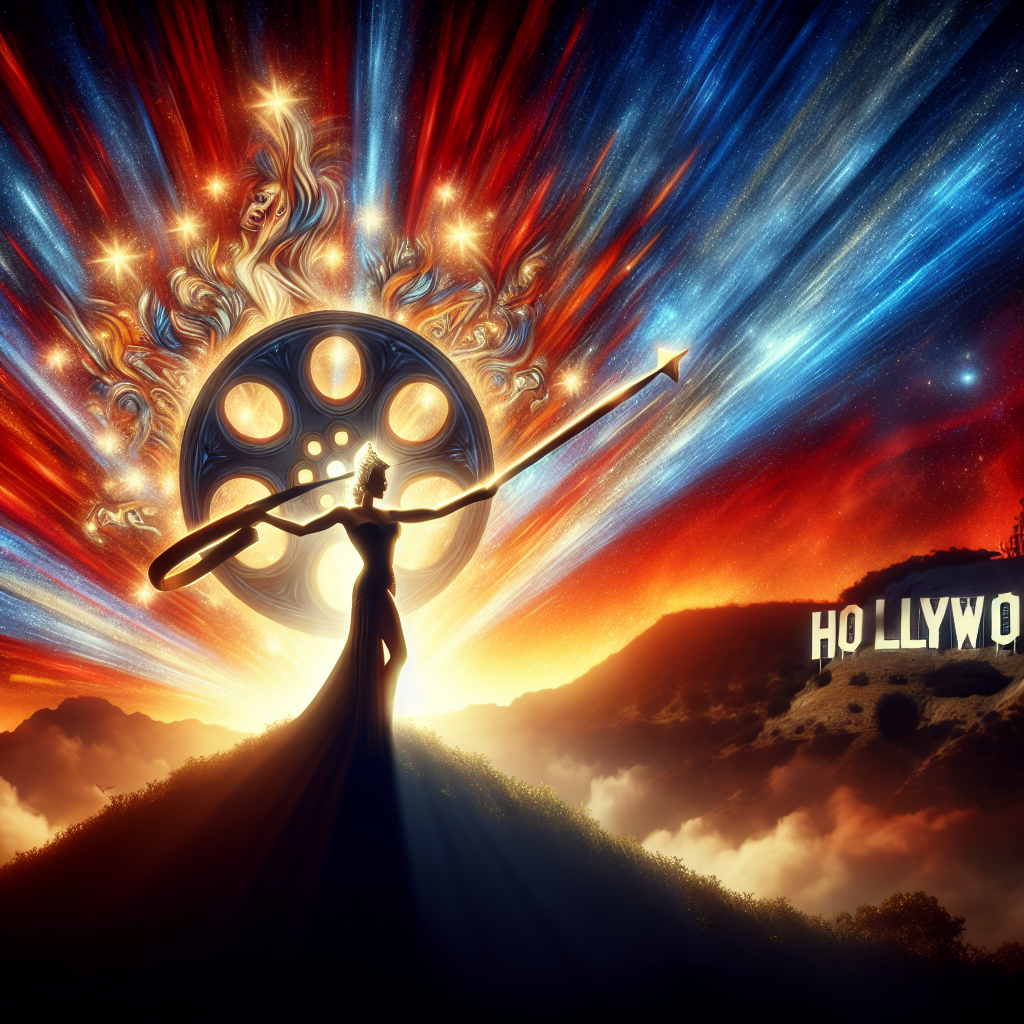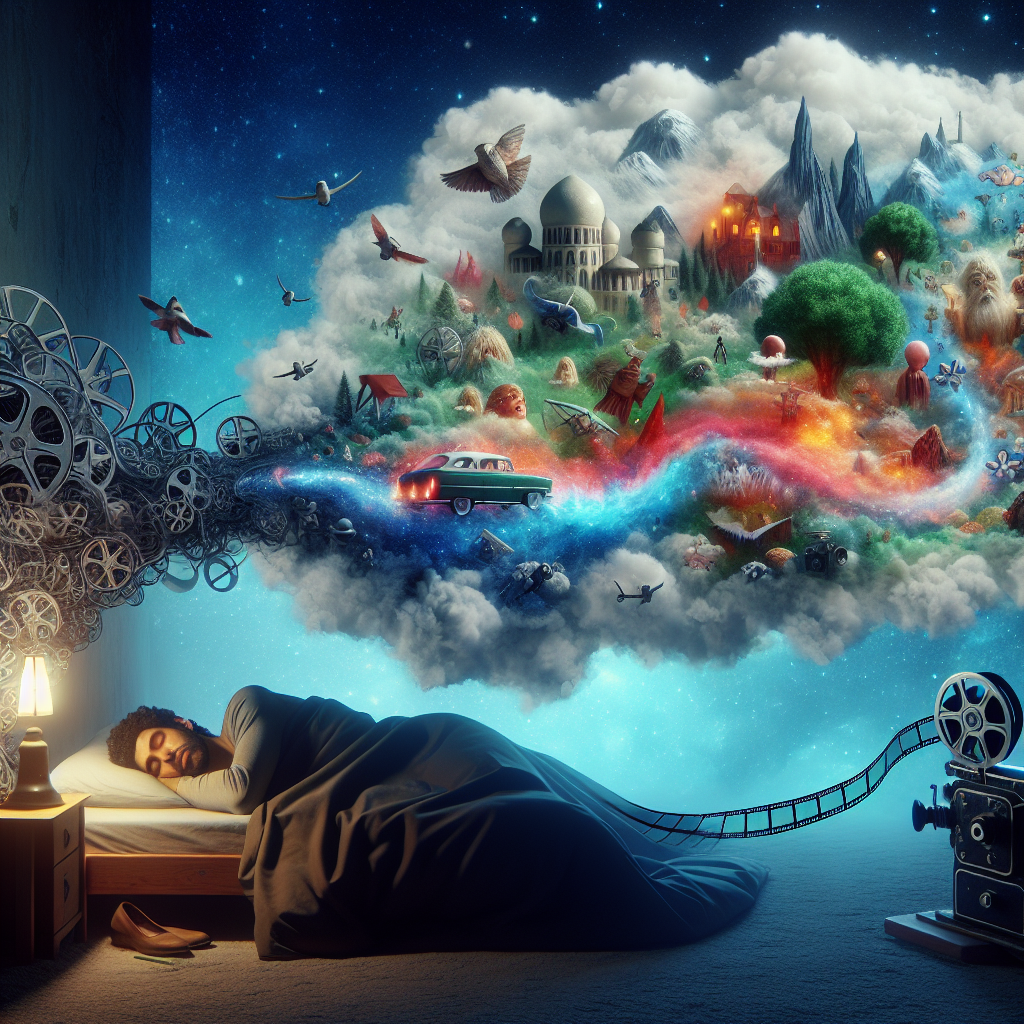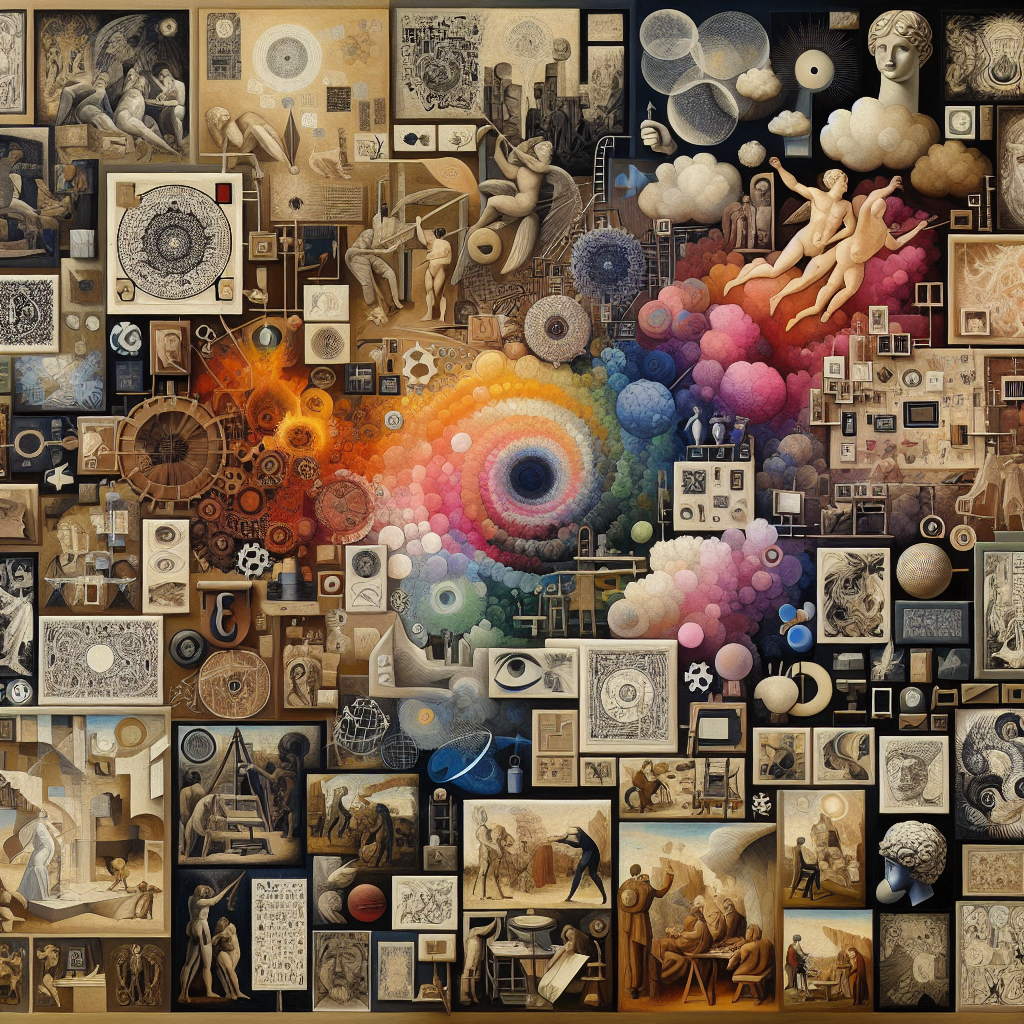Every few years, Hollywood seems to rediscover an old favorite. A classic film gets remade, a beloved franchise gets rebooted, or an iconic actor returns to a role that made them famous decades ago. From Top Gun: Maverick to endless Marvel callbacks and the revival of ’80s aesthetics in shows like Stranger Things, one thing is clear — nostalgia isn’t just a feeling anymore. It’s a marketing strategy. But why is Hollywood so obsessed with making us look back instead of forward? And why do audiences keep showing up for it?
At its core, nostalgia is emotional time travel. It’s the sensation of reliving a simpler or happier time — even if that past never really existed as perfectly as we remember it. When we see a familiar logo, hear a recognizable theme song, or watch characters we grew up with come back to life on screen, our brains release dopamine, the same chemical that fuels feelings of comfort and joy. Hollywood has learned to weaponize that neurological shortcut. By reviving old stories, studios tap directly into viewers’ emotional memories — and that’s far more powerful than any new special effect.
There’s also a sense of safety in the familiar. In a world saturated with uncertainty — politically, socially, and technologically — returning to the films and franchises we already know feels like an escape to something stable. A Star Wars sequel or a live-action Disney remake is a promise that we won’t be surprised too much. We already know the rhythm of the story, the heroes, and the ending. For audiences overwhelmed by novelty in everyday life, that predictability feels soothing. Hollywood understands this and feeds the appetite accordingly.
Interestingly, nostalgia also helps mask creative risk. A brand-new film concept is a gamble: it might fail to connect, and marketing it is expensive. But bringing back a name audiences already love? That’s almost a guaranteed return. This is why studios invest hundreds of millions in sequels, prequels, and “legacy” continuations. A known property like Jurassic Park or Ghostbusters carries an existing fan base, built-in cultural recognition, and a ready-made emotional hook. Even when the story itself is mediocre, nostalgia often does the heavy lifting — people want to feel something they once felt before, not necessarily see something entirely new.
But nostalgia doesn’t only serve the studios; it also offers something deeper to audiences. Revisiting old characters allows us to measure how we’ve changed. Watching Luke Skywalker grow old, or seeing Maverick confront the passage of time, mirrors our own aging and evolution. Nostalgic cinema becomes a collective reflection — a way to process memory, loss, and transformation. The movie screen becomes a mirror where we can mourn what’s gone while celebrating what remains.
However, this reliance on the past has a darker side. Hollywood’s obsession with nostalgia can stifle originality. With every reboot or sequel, countless fresh ideas struggle to find funding or attention. The irony is that many of the classics now endlessly revived were once bold experiments themselves — films that defied convention and took risks. The original Star Wars, The Matrix, or Back to the Future were revolutionary precisely because they dared to be new. Today, those same titles are recycled, safe investments in a risk-averse industry.
And yet, it’s not all cynical. Nostalgia, when done right, can bridge generations. It allows parents to share something they loved with their children, creating shared experiences across decades. It can recontextualize old stories with modern perspectives, reminding us that some themes — love, courage, friendship, the fear of time — never truly age. When handled with care, nostalgia isn’t a crutch; it’s a connection.
In the end, nostalgia remains Hollywood’s most powerful weapon because it strikes where logic can’t defend us — the heart. It’s a reminder that movies are not just entertainment but memory machines. Every time we sit in a dark theater, watching echoes of our past projected onto a screen, we’re not just consuming art — we’re revisiting who we once were. And for a few flickering moments, Hollywood gives us permission to believe that maybe, just maybe, we can go home again.



